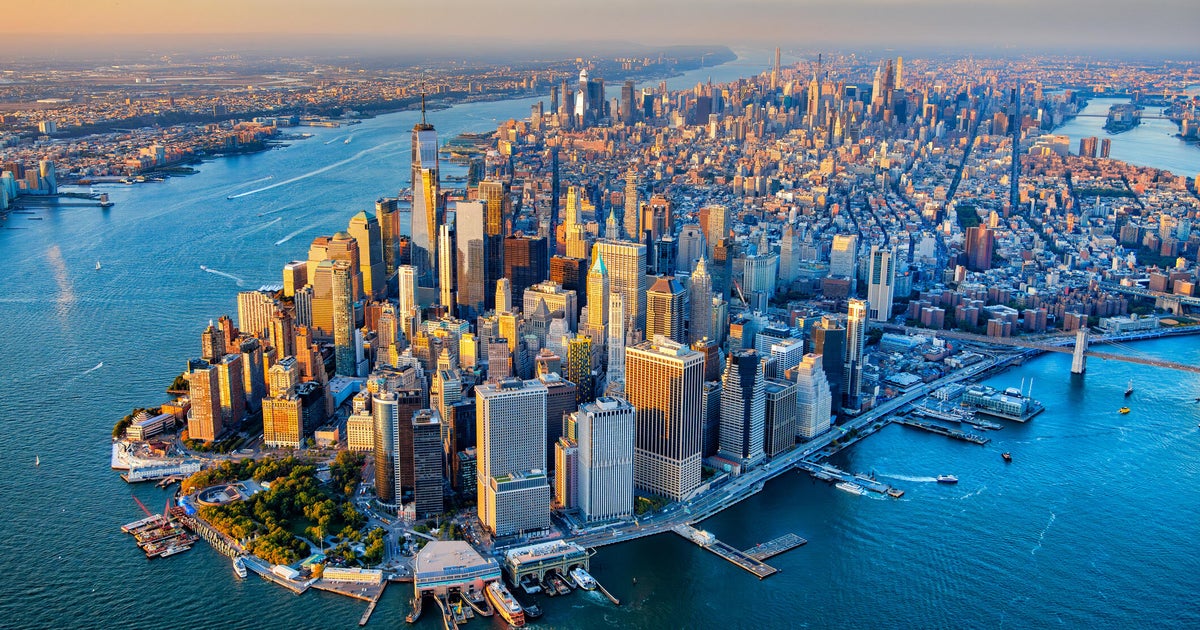America’s Sinking Cities: A Looming Crisis Beneath Our Feet
A groundbreaking study reveals that 28 major U.S. cities are sinking at alarming rates, with some areas subsiding as fast as 5 millimeters per year. Published in Nature Geoscience this month, the research warns that coastal and inland metropolises—from New York to New Orleans—face irreversible infrastructure damage and heightened flood risks due to groundwater extraction, soil compaction, and rising sea levels. Without intervention, experts say the economic and human toll could be catastrophic.
The Science Behind the Sinking
Using satellite radar imagery and GPS data, researchers tracked vertical land motion across the U.S. over a decade. Their findings paint a dire picture:
- Houston, Texas: Sinks up to 5 cm/year due to excessive oil and groundwater pumping
- Charleston, South Carolina: Faces combined threats of 4 mm/year subsidence and sea-level rise
- San Francisco Bay Area: Infrastructure risks from uneven sinking, with some areas dropping 2 mm/year
“This isn’t science fiction—it’s a slow-motion disaster,” says Dr. Emily Carter, a geophysicist at Stanford University and study co-author. “By the time visible cracks appear in foundations or streets flood permanently, the damage may be unstoppable.”
Why Are These Cities Sinking?
The causes vary by region but share a common thread: human activity. In coastal cities like Miami, overdevelopment on porous limestone accelerates seawater intrusion, while agricultural water use has caused California’s Central Valley to sink nearly 30 feet since the 1920s. Meanwhile, the weight of skyscrapers themselves compounds the problem—New York City’s buildings, totaling 1.7 trillion pounds, press the land downward.
“We’re essentially deflating the ground beneath us,” explains Dr. Robert Kim, a hydrologist at Columbia University. “When aquifers are drained faster than rainfall can replenish them, the soil collapses like an empty water bottle.”
Economic and Social Fallout
The financial implications are staggering. The American Society of Civil Engineers estimates that adapting infrastructure in sinking cities could cost $300 billion by 2030. Key risks include:
- Fractured gas lines and sewer systems from shifting ground
- Chronic “sunny-day flooding” in neighborhoods like Norfolk, Virginia
- Devalued property in high-risk zones, disproportionately affecting low-income residents
Diverging Views on Solutions
While scientists urge immediate groundwater regulation and urban planning reforms, some policymakers argue the data is overstated. “Cities have always adapted,” says Senator Mark Reynolds (R-Louisiana). “Engineers built Venice centuries ago—we’ll innovate our way out.”
However, climate scientists counter that Venice spends $6 billion on flood barriers and still battles routine inundation. “Reactive measures won’t cut it,” asserts Dr. Carter. “We need nationwide monitoring and zoning laws that account for subsidence.”
What Comes Next?
The study recommends three critical steps:
- Establish federal subsidence monitoring programs
- Incentivize water-conserving agriculture and industries
- Redesign flood maps to reflect combined sea-level and sinking projections
For residents, the message is clear: The time to act is now. Contact your local representatives to demand subsidence-aware policies, and support organizations advocating for sustainable urban planning. As Dr. Kim warns, “The ground doesn’t wait for politics.”
See more Your Daily Weather



